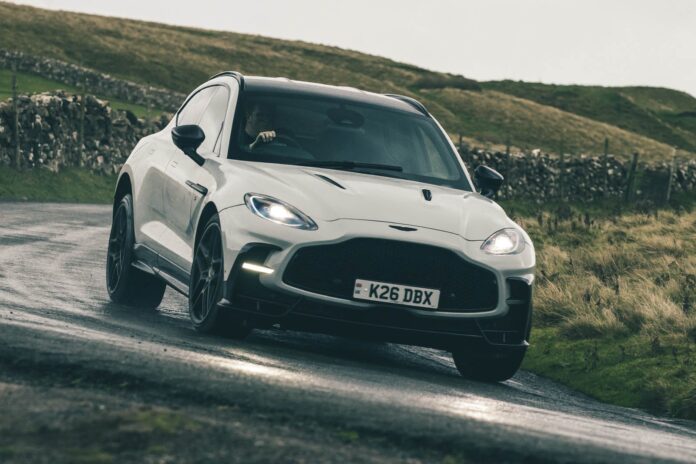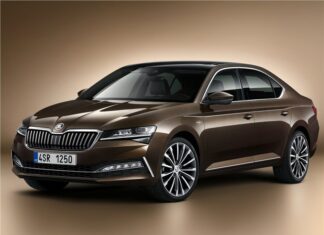Aston Martin’s latest iteration of the DBX, the DBX S, aims to dominate the high-performance SUV market. With an upgraded engine and refined chassis, this vehicle seeks to justify its £210,000 price tag by delivering a blend of luxury and speed that few competitors can match.
Power and Performance
The DBX S boasts an enhanced V8 engine, sourced from Mercedes-AMG but now equipped with larger twin-scroll turbochargers—borrowed directly from Aston Martin’s Valhalla hypercar. This results in an output exceeding 715 bhp, surpassing even Ferrari’s Purosangue in raw power. While Lamborghini’s Urus SE offers more horsepower, the DBX S accelerates to 62 mph in a quicker time.
Aston Martin’s decision to drop the base DBX model, in favor of the higher-performance 707 version, demonstrates a clear understanding of market demand. The DBX S follows this trend, offering a faster, more focused experience without compromising on luxury.
Chassis and Handling
The DBX S features a revised chassis designed to improve responsiveness and agility. The steering rack has been recalibrated with a 4% faster ratio, enhancing steering feel without sacrificing stability. The car’s turning circle has also been reduced to 12.0m, making it more maneuverable in urban environments.
Chief engineer Andy Tokley argues against the inclusion of four-wheel steering, believing that the added compliance would detract from the car’s direct and predictable handling. Instead, the focus has been on refining the air suspension, adaptive dampers, and electronic anti-roll control (eARC) system. The eARC actively manages roll, enhancing both agility and stability.
Design and Aesthetics
The DBX S offers a stealthy aesthetic, with extensive use of carbon fiber on the roof, mirrors, bumpers, and diffusers. Magnesium wheels and a black radiator grille further enhance the aggressive look. While the test car featured a pale grey paint, darker shades are recommended to accentuate the car’s menacing presence.
Driving Experience
The DBX S allows drivers to switch between GT, Sport, and Sport+ modes via a rotary collar around the starter button. Each mode alters the exhaust note, suspension height, and damper settings, transforming the car from a refined GT into a more aggressive performance machine.
In GT mode, the ride remains comfortable, but in Sport and Sport+, the car becomes noticeably firmer. The 23-inch wheels and low-profile tires contribute to a more uncompromising ride quality. While the car’s grip and balance are impressive, the ride can be too harsh for typical British roads in the more aggressive modes.
The steering is quick, linear, and reassuringly weighted, providing strong confidence through corners. The four-wheel-drive system favors rear-wheel torque, enhancing agility. Track mode allows for controlled drifts while minimizing stability control intervention.
Conclusion
The Aston Martin DBX S delivers on its promise of a super-SUV experience. By prioritizing performance without sacrificing luxury, it stands out in a competitive market. While the ride may be firm in Sport and Sport+ modes, the car’s grip, balance, and aggressive aesthetics make it a compelling choice for those seeking a high-performance SUV

























